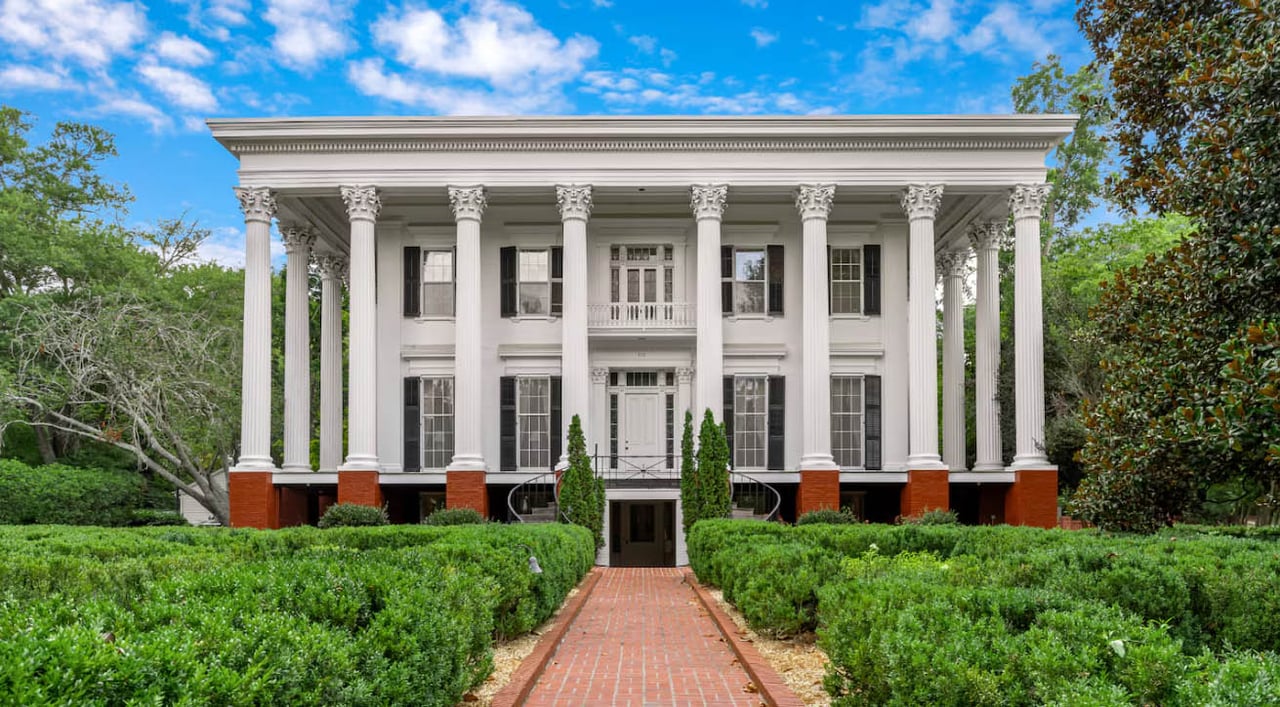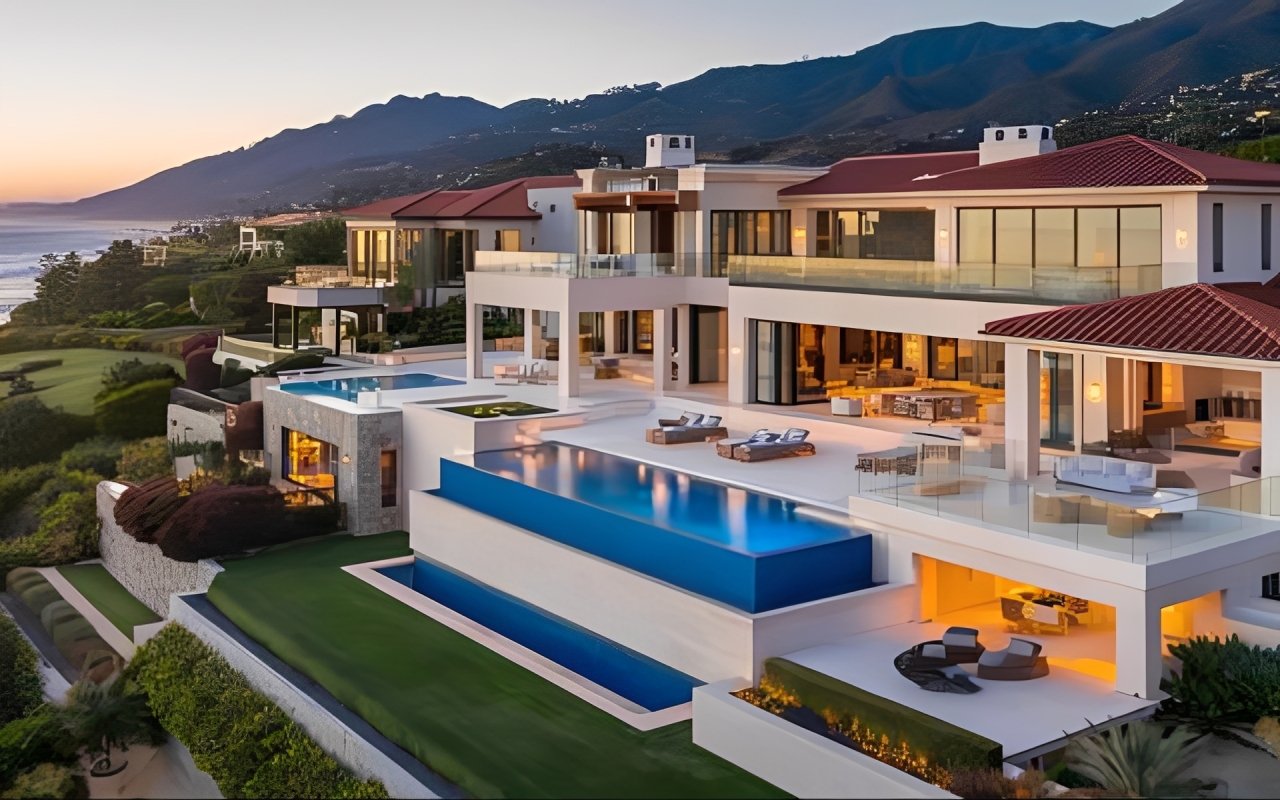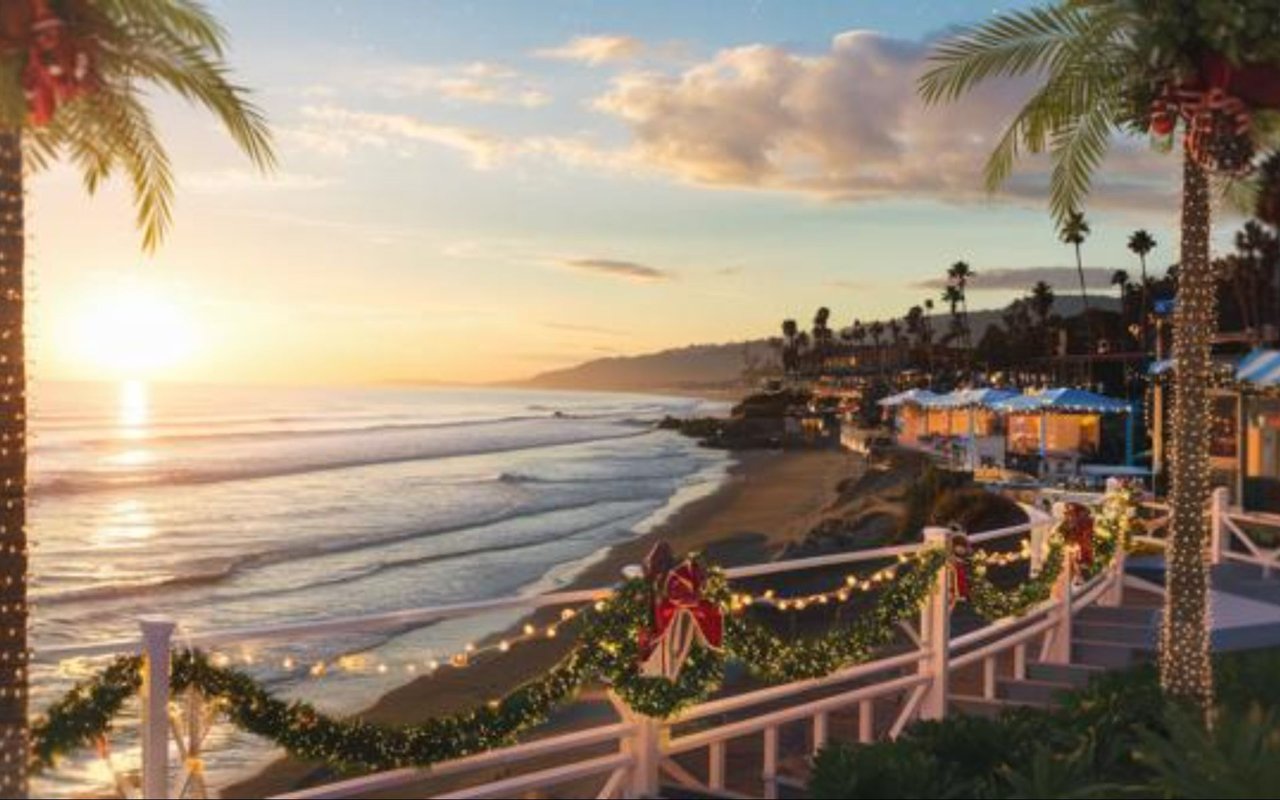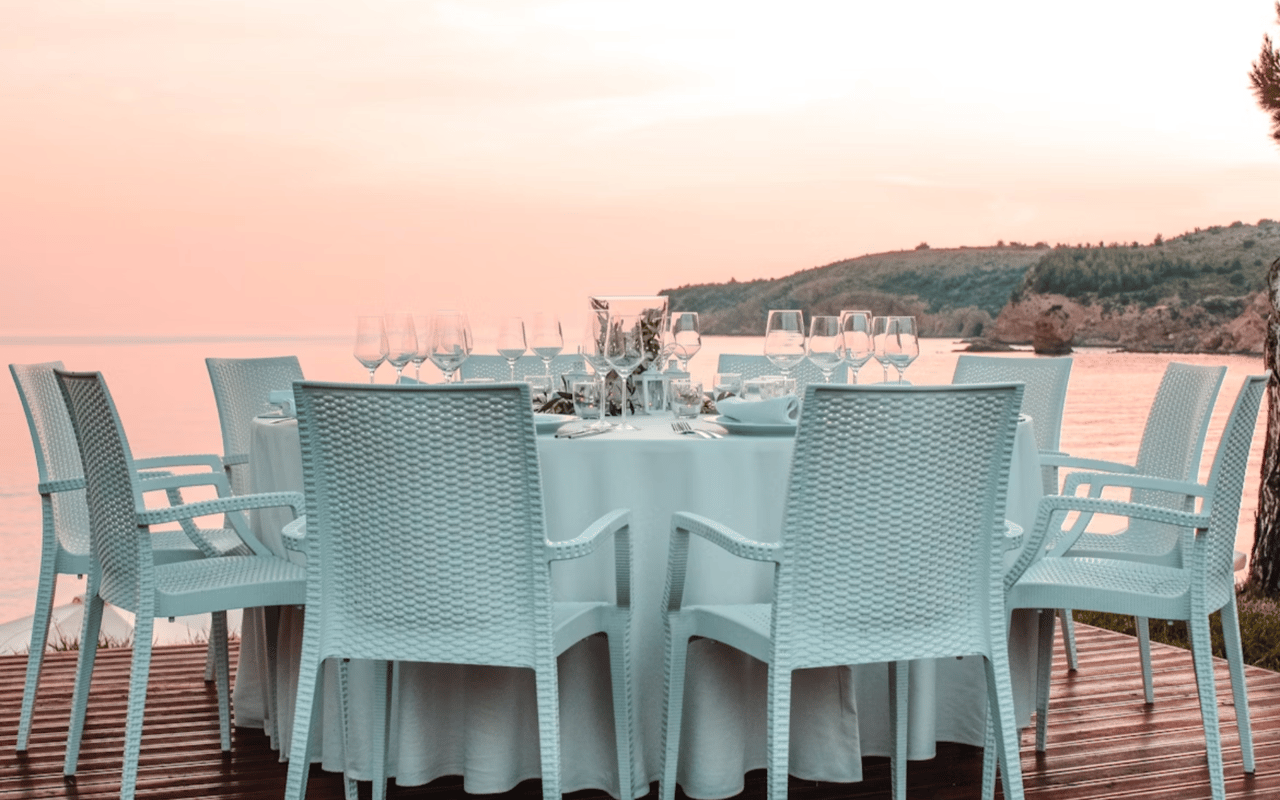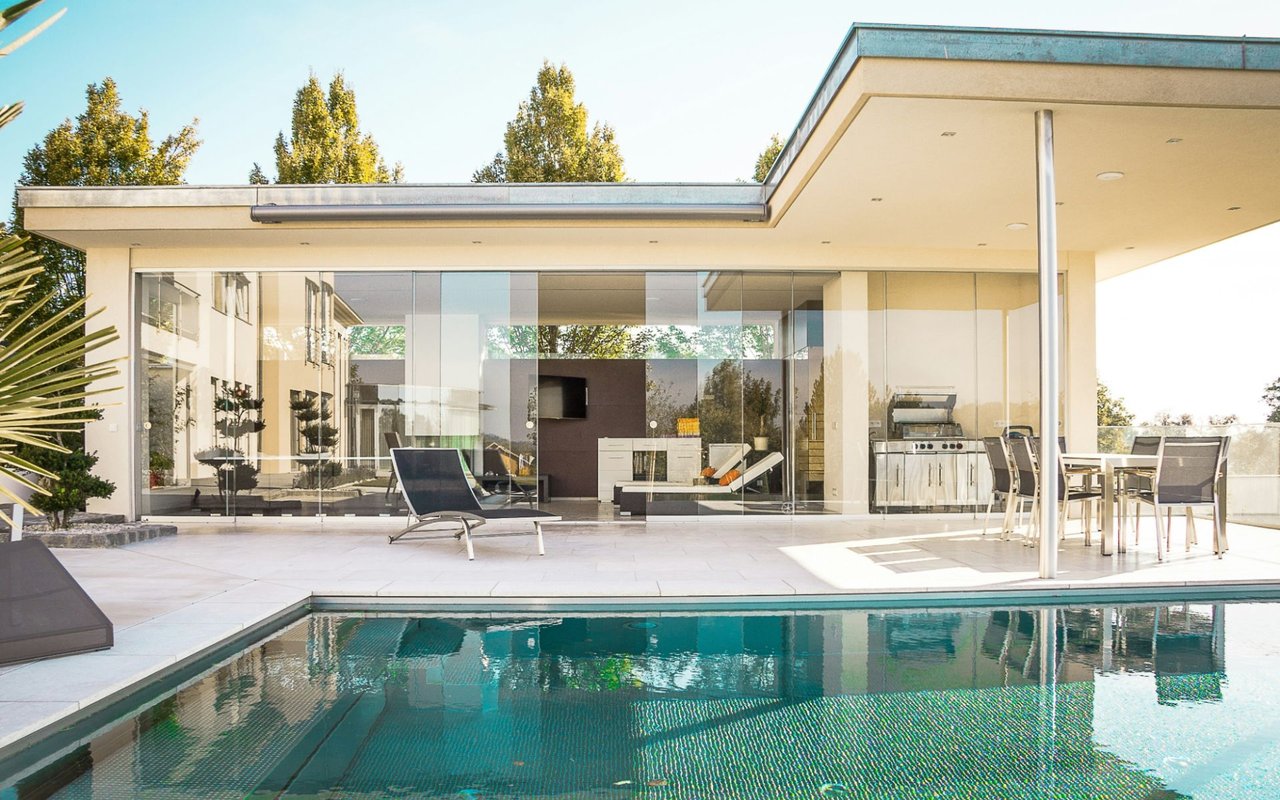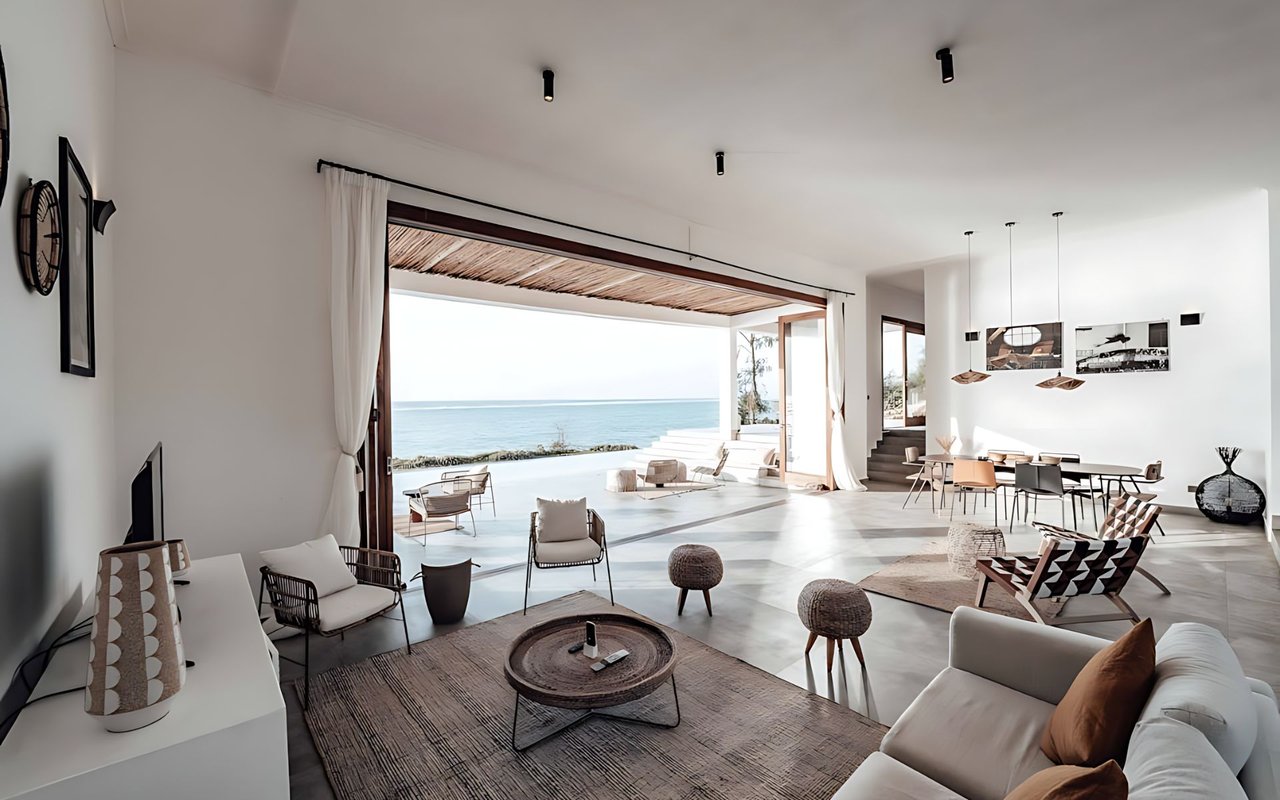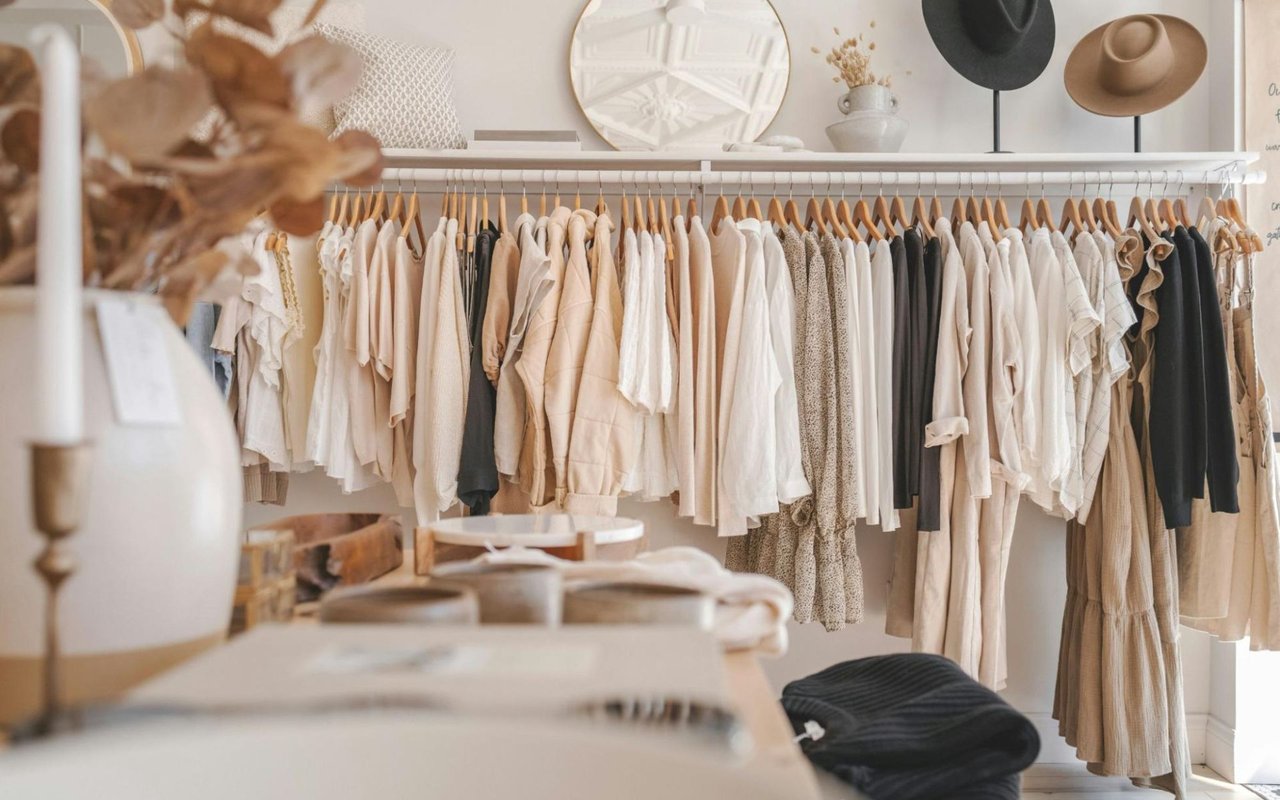Key Takeaways:
- Luxury buyers are moving away from sleek, cookie-cutter modern styles in favor of homes that prioritize thoughtful design, authentic materials, and a connection to the surrounding environment.
- Buyers are increasingly favoring architecture that reflects the local environment and heritage, such as Victorian and Regency styles in the U.K., and rustic homes in mountainous regions.
In a world where even luxury products have taken on a level of homogeneity - think sports sedans, five-star hotels and designer tote bags - more consumers are focusing on “place authenticity.” Psychologists loosely define the term as a unique essence that makes a place feel genuine and alive. This is, in part, why consumers are choosing to spend their money at indie bookstores instead of online or big-box retailers, enjoy their lattes at locally owned coffee shops instead of Starbucks, and purchase homes that offer a sense of character and a connection to history.
“The authenticity of a place is about its unique character and essence – the way it is rooted in its cultural, historical, spiritual and experiential dimensions,” writes Ashley Krause, a doctoral candidate at the University of Florida and co-author of a study on this concept. “In other words, the emotional and psychological ties people have with places contribute to their perception of authenticity.”
A Move Away From Modern
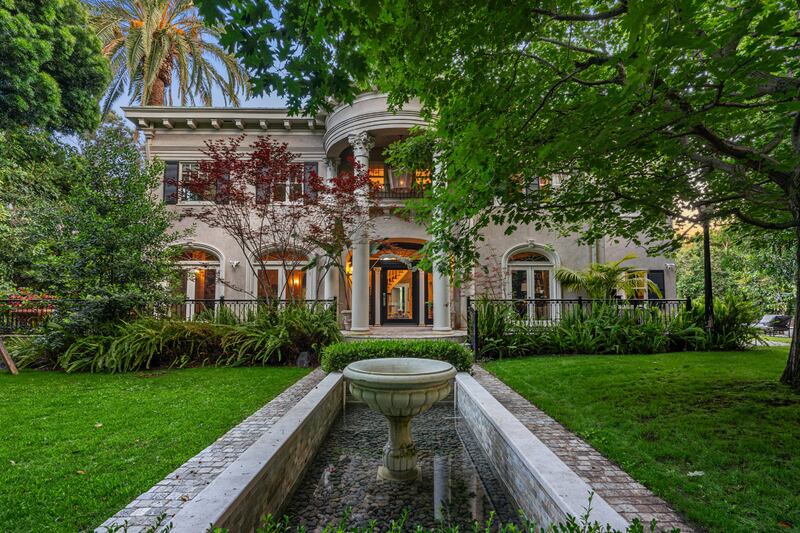
The phenomenon explains why many high-net-worth homebuyers today are shifting their preferences away from sleek, ultra-modern homes, defined by stark lines, open-concept plans and minimalist design, and toward traditional architectural styles, natural materials and richly textured interiors.
This trend has been widely noted by real estate agents from around the Christie’s International Real Estate network whose clients have been favoring older (or older-looking) residences, from iconic Frank Lloyd Wright Prairie Style homes in the U.S. to Victorian mansions in the U.K.
In Southern California, a shift to more traditional styles is partly a reaction to the proliferation of modern homes in the 21st century.
“It [modern design] has become the prevailing style in Los Angeles, so now you’re seeing a backlash,” said Aaron Kirman, owner and CEO of Beverly Hills-based Christie’s International Real Estate Southern California. “Traditional and transitional architecture have come back because you can do a lot of amazing things with these homes. In L.A., there are areas where people are just obsessed with traditional architecture.”
However, the topography of Southern California will always lend itself to modern structures, notes Kirman. “And then there are certain locations where modern just makes more sense. If you’re on a hill with an amazing view you’re going to want to have as many walls of glass as you can,” he says. “But there are ways you can get a more transitional flow and warmer, more natural tones, and that seems to be very popular.”
Leaning into the Landscape
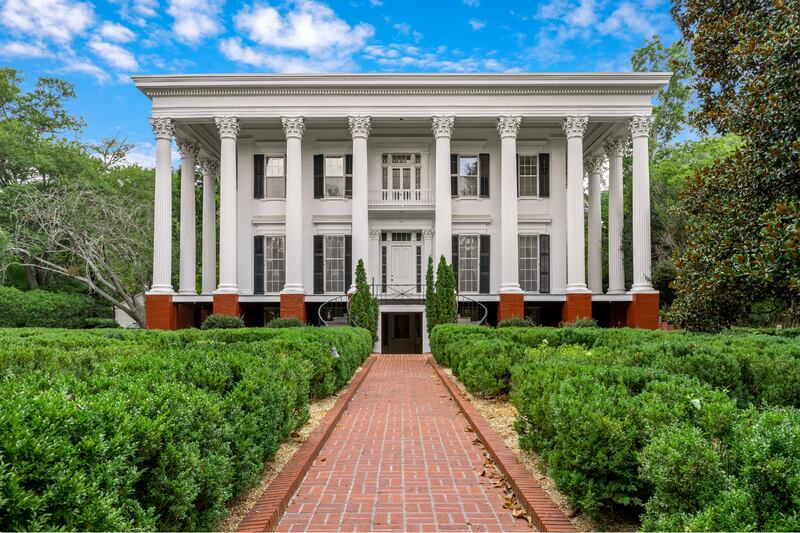
In certain luxury markets, buyers are drawn to architectural styles that reflect the essence of their surroundings. Often, that translates to homes that are evocative of another era.
For example, in places like Aspen, Colorado, and other mountain resort destinations, affluent buyers are seeking rustic timber homes that blend seamlessly with their alpine surroundings. Even new homes in this region are built to mirror older styles, using natural materials and distressed elements, but with interiors showcasing state-of-the-art kitchens, grand living spaces for entertaining, and every luxury amenity one might need.
“Post COVID, we noticed that owners started to incorporate a sense of location into the home,” says Stacey Kelly, an agent at Christie’s International Real Estate Aspen | Snowmass. “From 2020-2022, every place that sold in the area was transformed into the sleek style found in Miami or L.A. Then buyers realized that look didn’t celebrate the mountains and nature that surround us.”
In South Carolina’s Lowcountry region, set along the southeastern coast of the U.S., luxury homebuyers have begun to turn away from the modern farmhouse style that has reigned supreme for the past two decades. These homes are characterized by barn-style doors, industrial light fixtures, exposed beam ceilings and clean lines. Instead, buyers are indicating a preference for more traditional antebellum architecture, a neoclassical style popular in the southern U.S. throughout the 19th century. Defining features include pillars and columns, gabled roofs, sweeping open stairways and wraparound porches.
“Luxury buyers are wanting more of a cozy Lowcountry feel in their home now instead of the bright white walls and black hardware looks that have been big in this area for a long time,” says Lindy Maxey Kopotic, an agent at Maxey BlackStream Christie’s International Real Estate in South Carolina. “People are moving away from the big open floor plans, too.”
In the United Kingdom, Victorian and Regency architecture have been capturing the attention of global buyers thanks to hit shows like Bridgerton and Downton Abbey. These buyers are increasingly eager to embrace a slice of what is considered a “quintessentially English lifestyle,” according to Shereen Akhtar, an agent at real estate consultancy Carter Jonas, exclusive Christie’s International Real Estate affiliate for Great Britain.
“Many of these buyers are drawn to heritage architecture over modern new builds because of the character, craftsmanship, and sense of history these properties offer,” added Akhtar. “These older homes often feature unique design elements, such as intricate moldings, original fireplaces, and period-specific detailing, which are difficult to replicate in contemporary construction.”
The Resurgence of Frank Lloyd Wright
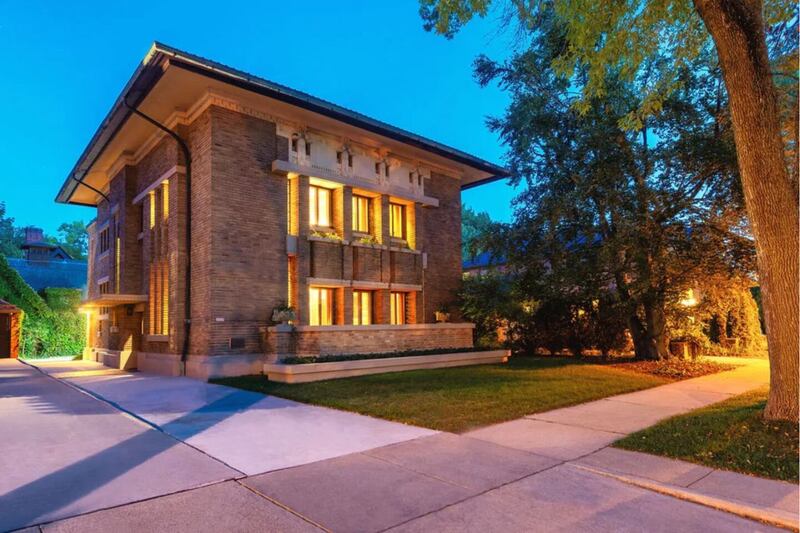
Another example of luxury buyers seeking properties rich in character and history is the growing demand for homes designed by Frank Lloyd Wright. It wasn’t long ago that homes by Wright, considered by many to be America’s most-prolific architect, were difficult to sell, often sitting on the market for years – sometimes for over a decade. But lately, a number of Wright’s commissions have gone under contract in just a few months.
In River Forest, Illinois, a western suburb of Chicago, the Winslow House, famed as one of Wright’s first Prairie-Style designs, went on the market in early September. The sellers signed a contract with potential buyers four days later. And in Milwaukee, Wisconsin, Wright’s Bogk house went under contract in just over two weeks at the end of 2023 – with the original furniture and a handwritten letter from Wright to the original owners included in the deal.
“Over the past decade, there has been a cultural shift towards valuing thoughtful, experiential living spaces over cookie-cutter luxury,” says Victoria Krause Schutte, an @properties Christie’s International Real Estate agent based in Oak Park, Illinois, who has listed and sold several Frank Lloyd Wright homes in the Midwest U.S. “With the rise of design consciousness through social media platforms like Instagram, it’s not surprising that Frank Lloyd Wright’s organic architecture has captured a whole new generation of admirers.”
Wright’s worldwide fame is no doubt a contributing factor to these homes’ popularity. However, while Wright devotees make up a significant segment of the buyers for these homes, Schutte says “the artistry and authenticity of these homes draws the attention of highly discerning individuals who are as passionate about design as they are about the experience of living,”
For more information regarding luxury homes in Beverly Hills, Bel Air, Brentwood and Malibu reach out to Leonard Rabinowitz.
